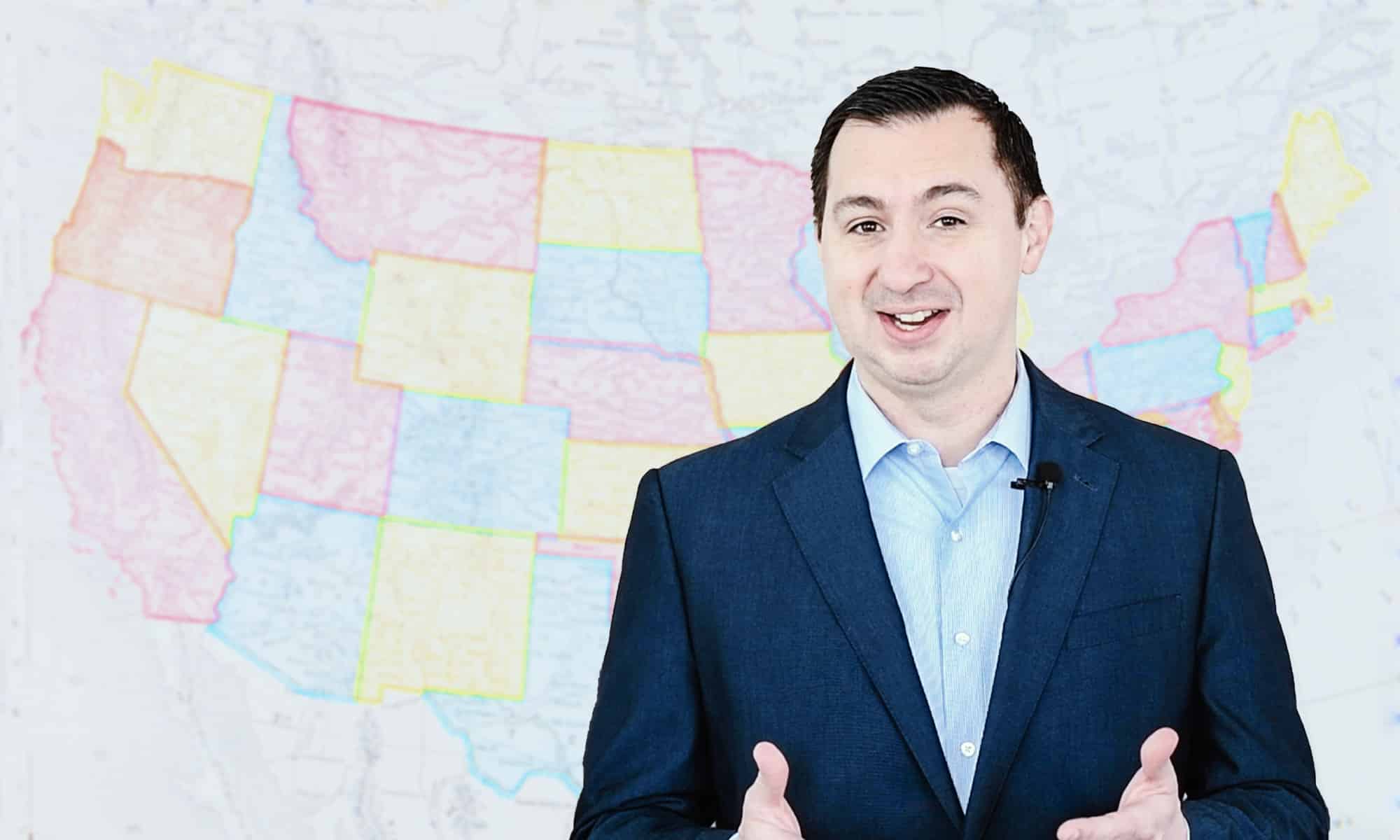Rural Americans vs. Urban Americans
July/August 2023
Bad comedy is a staple for any dad like me, but there’s one joke I need to retire.
A few times a year, we leave our rowhouse in northeast D.C. to visit family and friends in northeast Indiana. It gives our kids a chance to run around barefoot in green grass in a real yard at grandma’s house. I jokingly tell people that it’s an opportunity for us to spend time in “real America.” But I really need to stop saying that.
There’s a narrative that if you don’t drive a tractor, own a gun or listen to country music, you’re not living an authentic American life. That somehow people who live in cities are disconnected from reality.
Some Republicans have tried to discredit Democrats’ consistent advantage in the national popular vote by pointing out that the presidential races would have been closer without voters in Los Angeles and New York City, where Democrats dominate.
The bottom line is that Americans in cities matter just as much as Americans in farm country. And there might be more people in urban areas than you think.
According to the Census Bureau, 80% of the U.S. population lives in urban areas. The remaining 20% lives in areas classified as rural. There isn’t a specific category for suburban areas.
More people live in the eight most populous urban areas than all of rural America combined. (Those areas are New York City, Los Angeles, Chicago, Miami, Houston, Dallas-Fort Worth, Philadelphia and Washington, D.C.)
For any skeptics about the Census Bureau classification system, the urban population includes people who live in urban clusters (with populations between 5,000 and 50,000) and urban areas (more than 50,000 people).
It’s reasonable to bristle at an urban definition that includes an area with as few as 5,000 people in it. But 88% of the total urban population following the 2010 census lived in an urban area, not an urban cluster. Similar data following the 2020 census hasn’t been released yet by the Census Bureau, but there’s no reason to believe it will be dramatically different.
For most Americans, day-to-day life is experienced in the city or in the suburbs rather than on a farm.

That isn’t a license for people in urban areas to demean folks in rural America. As I’ve written before, one of the main problems with politics in America is a lack of empathy. Partisanship is not new, but we, as Americans, seem to have lost the ability to have love, compassion, respect or empathy for people who look different, think differently, vote differently and live in a different part of the country or even a different neighborhood. When we see our opponents as an “other,” we devalue their lives and are willing to say and do things we normally wouldn’t to someone we see as an equal.
Clarifying the size of urban and rural populations shouldn’t diminish the political differences between geographic areas. On a basic level, urban areas are more Democratic and rural areas are more Republican.
According to the 2022 exit poll for Fox News, The Associated Press and The Wall Street Journal, 21% of midterm voters said they lived in an urban area and said they voted for Democratic candidates 64% to 33% over Republicans. Forty-five percent said they lived in a suburban area and also supported Democratic candidates 49% to 48%. The 34% who said they lived in a small town or rural area voted for GOP candidates 63% to 34% over Democrats.
It was a similar story in the 2022 exit poll for CBS, NBC, ABC and CNN. Urban voters (31% of the electorate) supported Democrats by 17 points (58% to 41%) while rural voters (17% of the electorate) supported Republican candidates by 29 points (63% to 34%). Suburban voters supported GOP candidates narrowly, 52% to 46%.
Of course the urban-rural divide isn’t new. In 2020, Joe Biden won urban voters by 33 points while President Donald Trump won rural voters by 22 points. And in the 2018 midterm elections, urban voters supported Democratic candidates by 40 points and rural voters supported GOP candidates by 15 points.
But the political divide hasn’t always been so pronounced. In 2004, President George W. Bush won rural voters by 15 points while Sen. John Kerry won urban voters by just 9 points. That’s probably one of the reasons Kerry lost.
So while facts, data and conviction will prohibit me from joking about who or what constitutes “real America,” I’m sure I can fill the void with other dad jokes.
Nathan L. Gonzales is a senior political analyst for the Public Affairs Council and editor of Inside Elections, a nonpartisan newsletter with a subscription package designed to boost PACs with a regular newsletter and exclusive conference call. His email address is [email protected].
”Partisanship is not new, but we, as Americans, seem to have lost the ability to have love, compassion, respect or empathy for people who look different, think differently, vote differently and live in a different part of the country or even a different neighborhood.
More News & Resources
Sign Up For Impact
Have the monthly Impact Newsletter emailed to you.
Whether you’re building cutting-edge campaigns, engaging communities on social, mobilizing advocates, or exploring the power of new AI tools, THIS is where the future of advocacy comes alive.


